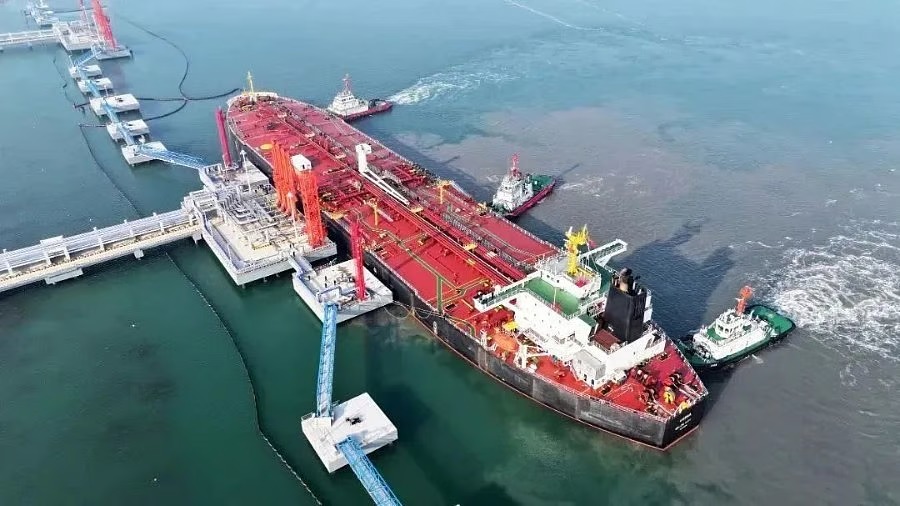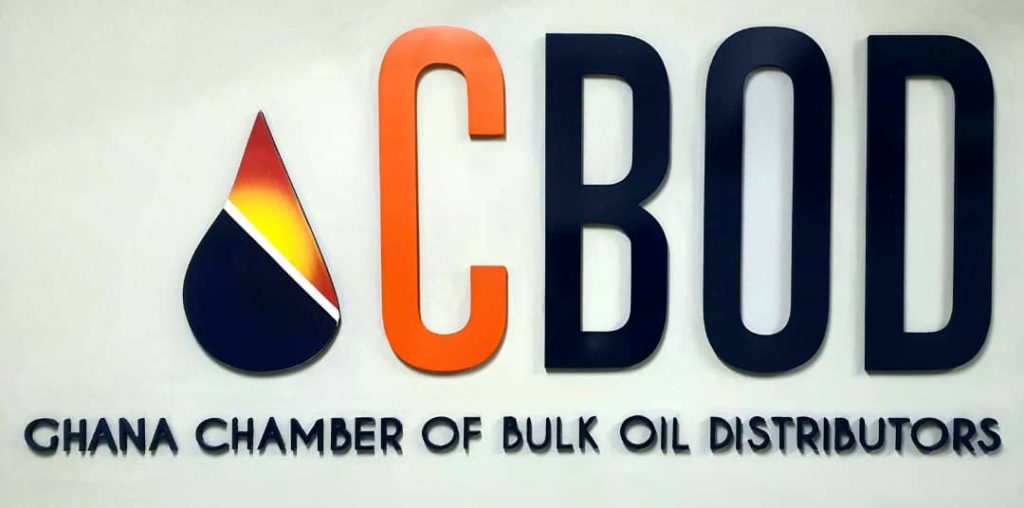The Chairman of the Chamber of Oil Marketing Companies (COMAC), Dr. Patrick Kumi, has called on the Government of Ghana and the National Petroleum Authority (NPA) to urgently invest in additional fuel discharge and storage infrastructure to strengthen the country’s fuel supply chain and avoid growing demurrage costs.
Dr. Kumi made the call amid mounting pressure from Bulk Oil Distributing Companies (BDCs) over increasing delays and losses due to congestion and scheduling issues at Ghana’s only existing Conventional Buoy Mooring (CBM) facility.
“The short-term priority should be building a second CBM facility to allow vessels to discharge products more efficiently.
“This will help eliminate the bureaucracy around Laycan allocations and reduce costs associated with delays.”
Dr. Patrick Kumi, Chairman of the Chamber of Oil Marketing Companies (COMAC)
The Leycan system, which schedules the berthing of fuel vessels, has recently come under scrutiny following reports that deviations and unauthorised berthings have triggered logistical chaos, leading to increased demurrage and additional costs that ultimately get passed on to the consumer at the pump.

Looking further ahead, Dr. Kumi proposed that the government adopt a private sector-driven “build-own-transfer” (BOT) financing model to expand national fuel storage capacity, especially outside of Tema, to ensure greater security and geographical distribution of reserves.
“Ghana currently does not even have that much in fuel storage infrastructure.
“If you include tanks at the Tema Oil Refinery, the total capacity is about one million cubic metres, roughly one billion litres which only covers two months of fuel reserves.”
Dr. Patrick Kumi, Chairman of the Chamber of Oil Marketing Companies (COMAC)
Of this national capacity, the Bulk Oil Storage and Transportation Company (BOST) controls around 400,000 cubic metres — or 400 million litres — representing less than half of the country’s overall storage capacity.
Dr. Kumi stressed the urgent need to scale up, particularly in the face of global fuel price volatility and regional supply chain disruptions.
Strategic Reserve Challenges

In his analysis, Dr. Kumi cautioned that increasing Ghana’s strategic fuel reserves to cover six months — a target commonly cited by energy security experts — would be a highly capital-intensive effort.
“Even if the country had the six months of storage space, BOST would need an estimated $3 billion to fill it.
“And if the entire BOST levy was used solely to back a strategic reserve bond, the payback period would stretch beyond 50 years.”
Dr. Patrick Kumi, Chairman of the Chamber of Oil Marketing Companies (COMAC)
The BOST levy, which currently generates about GH₵48 million per month (approximately $4.8 million), was originally instituted to fund infrastructure upgrades and ensure security of supply.
However, concerns have been raised in recent months about the use and effectiveness of the levy, especially with BOST still facing operational and logistical constraints.

Dr. Kumi’s remarks follow a wave of frustration expressed by BDCs and the Chamber of Bulk Oil Distributors (CBOD) over frequent and non-transparent alterations to the Laycan import schedule.
According to industry estimates, these disruptions have cost BDCs over $40 million in the first half of 2025 alone due to demurrage fees and scheduling inefficiencies.
“Strategic investments in discharge and storage infrastructure are not just necessary — they are overdue.
“Without them, we will continue to pay a high price in inefficiencies, market volatility, and avoidable consumer pain.”
Dr. Patrick Kumi, Chairman of the Chamber of Oil Marketing Companies (COMAC)
Industry stakeholders argue that resolving the infrastructural bottlenecks and improving transparency around fuel import coordination are essential steps toward long-term stability in the downstream petroleum sector.
READ ALSO: Mastercard and Access Bank Unveil Innovative Age-Segmented Card to Empower Ghana’s Youth



















